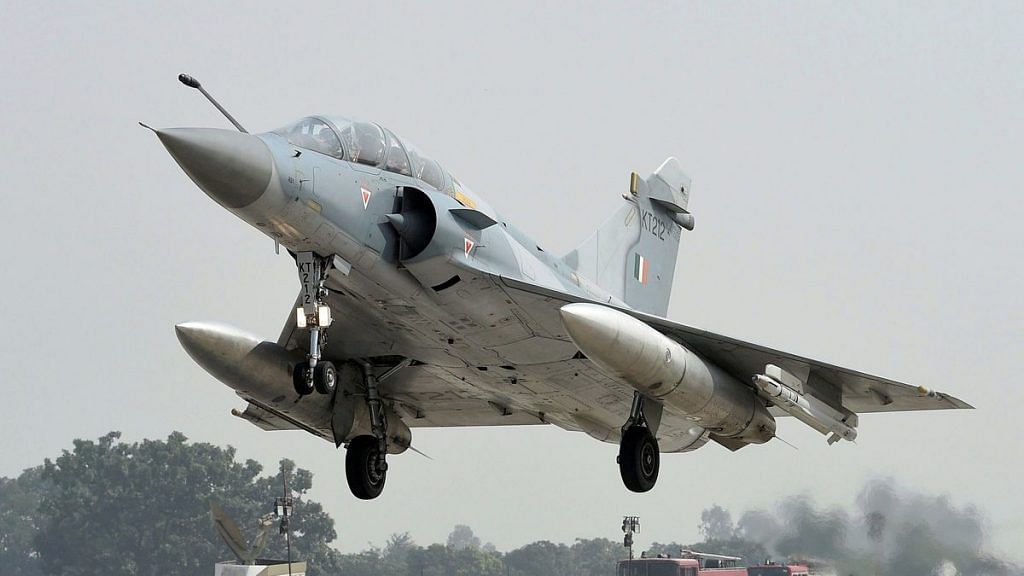New Delhi: It was pinpointed inputs about new terrorists coming to the Balakot camp by ground assets of the Afghanistan intelligence network that helped India to zero down on the target in response to the Pulwama terror attack.
Sources said India’s technical intelligence agency, National Technical Research Organisation (NTRO), got into the picture only after this input and carried out its own surveillance of the terror centre.
They added that the initial inputs came from the human resource assets of the Afghan intelligence operating in the Khyber Pakhtunkhwa (KPK) province of Pakistan.
Following the Pulwama attack, Pakistan military had shut down the terror launchpads near the Line of Control and the training centres.
Also read: One year of Pulwama attack: All suspects dead, no clue still how explosives reached Kashmir
This was primarily done fearing a possible repeat of the 2016 surgical strike.
“Of the terrorists who were pulled back, many made their way to the Balakot camp, movement of which was picked up by human intelligence networks,” another source said.
This was the initial tip-off that helped the Indian establishment to zero in on the target.
Sources separately said what worked in favour of the Balakot being shortlisted as the target was that it was on a hilltop and away from civilian population, meaning there would be no collateral damage.
A total of 16 aircraft, six each armed with Spice 2000 and Crystal Maze missiles, flew into Pakistan-occupied Kashmir on 26 February 2019 and attacked the camp.
Last year, ThePrint had accessed classified high-resolution military satellite images procured from friendly countries, which showed at least two Jaish-e-Mohammed structures were hit by the Indian Air Force in Balakot.
The images show small black holes on the roof of two of the targeted buildings that appeared to be the entry points of the penetrating bombs.
Also read: Inside story of attack on Balakot — from IAF officer who planned and executed it
